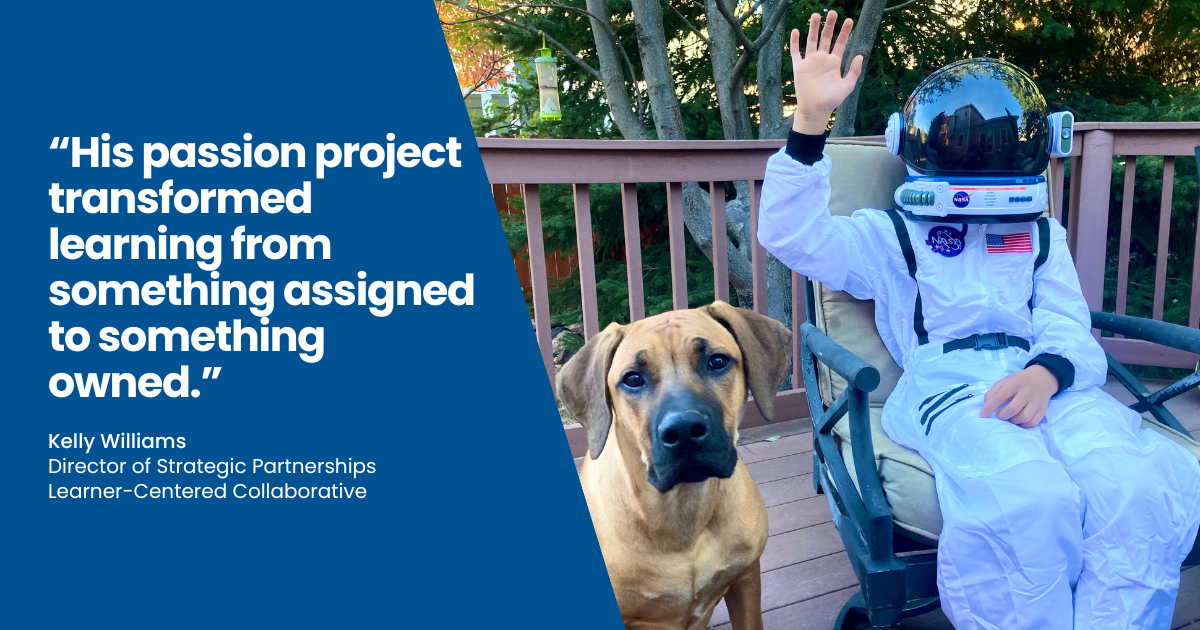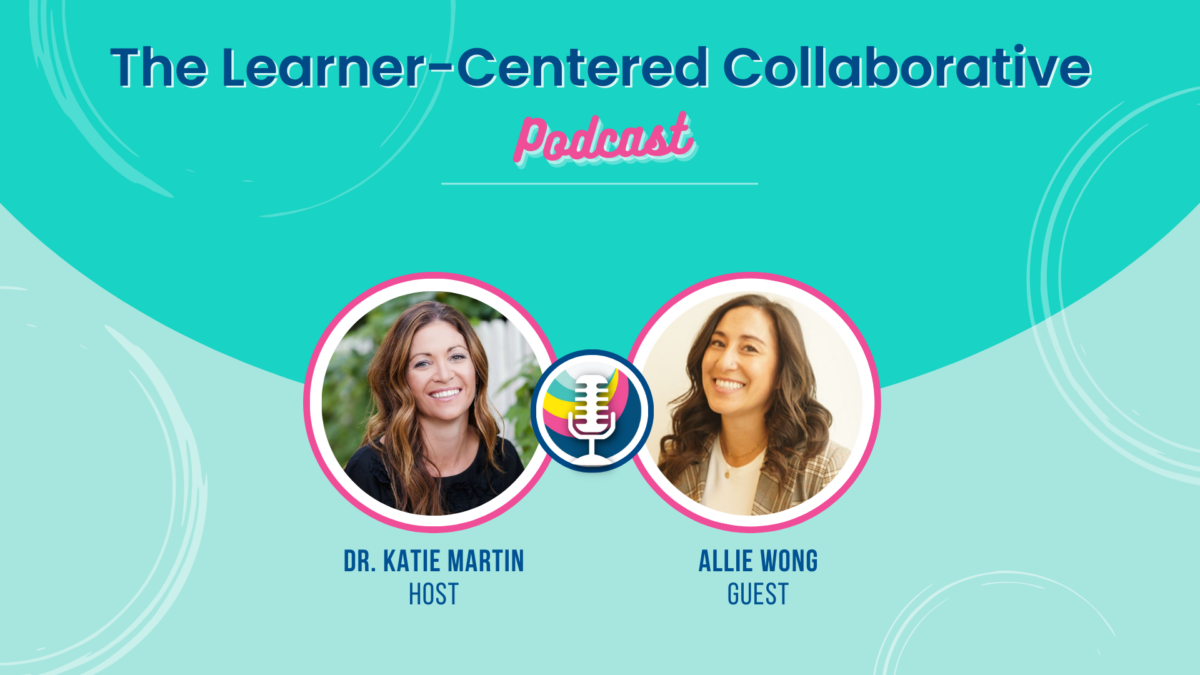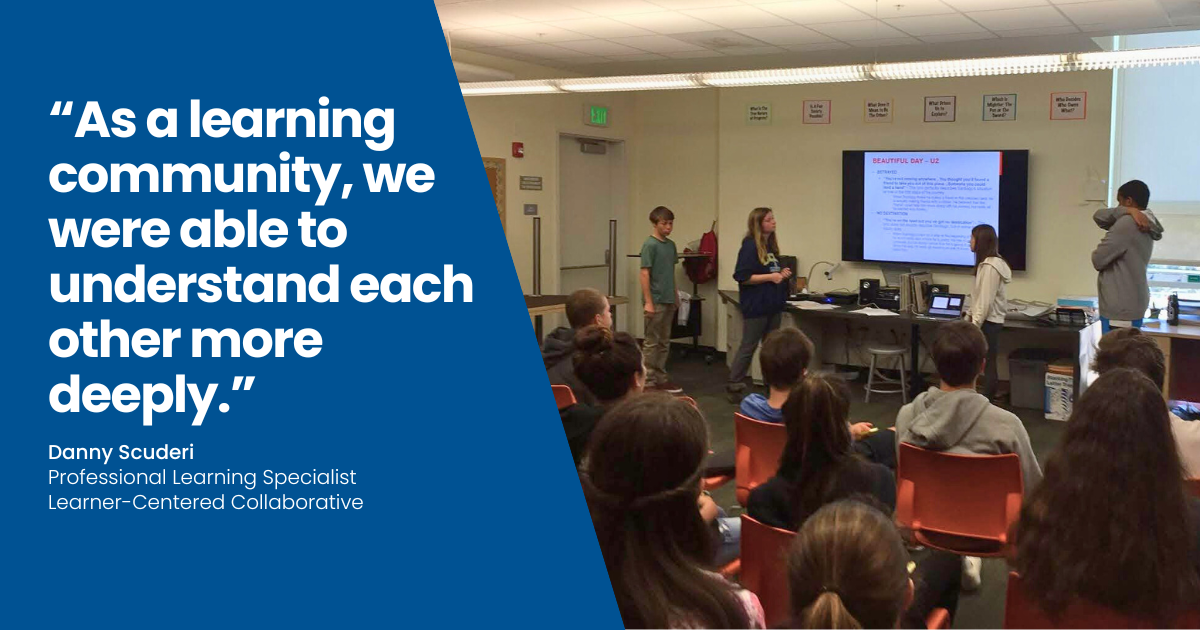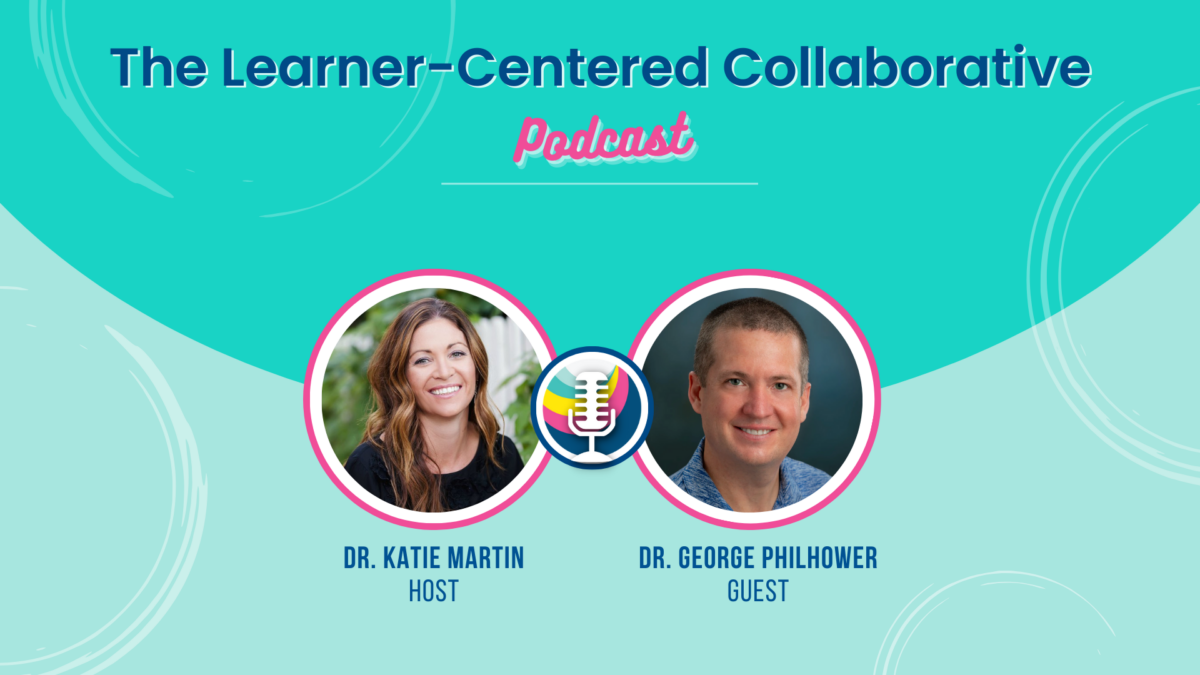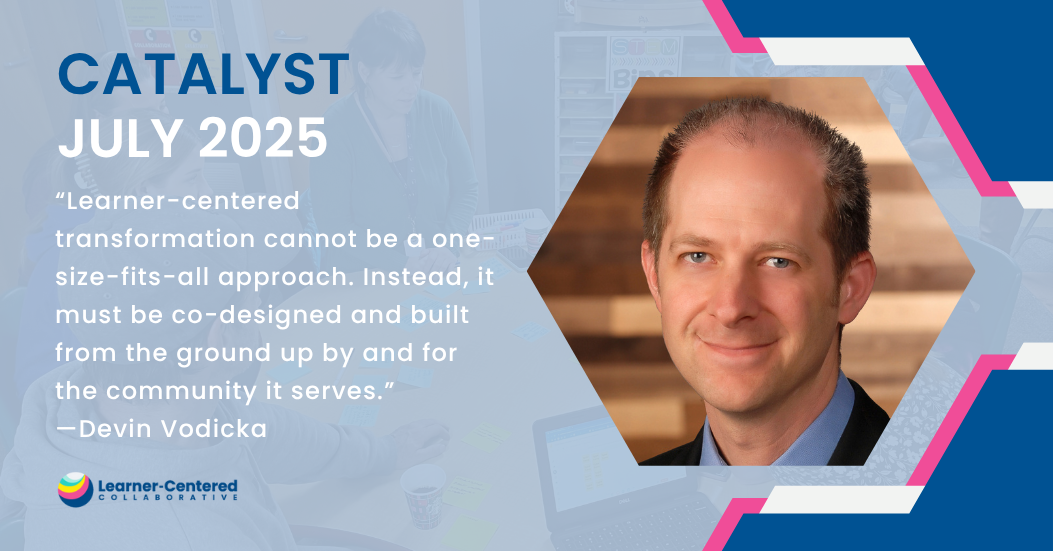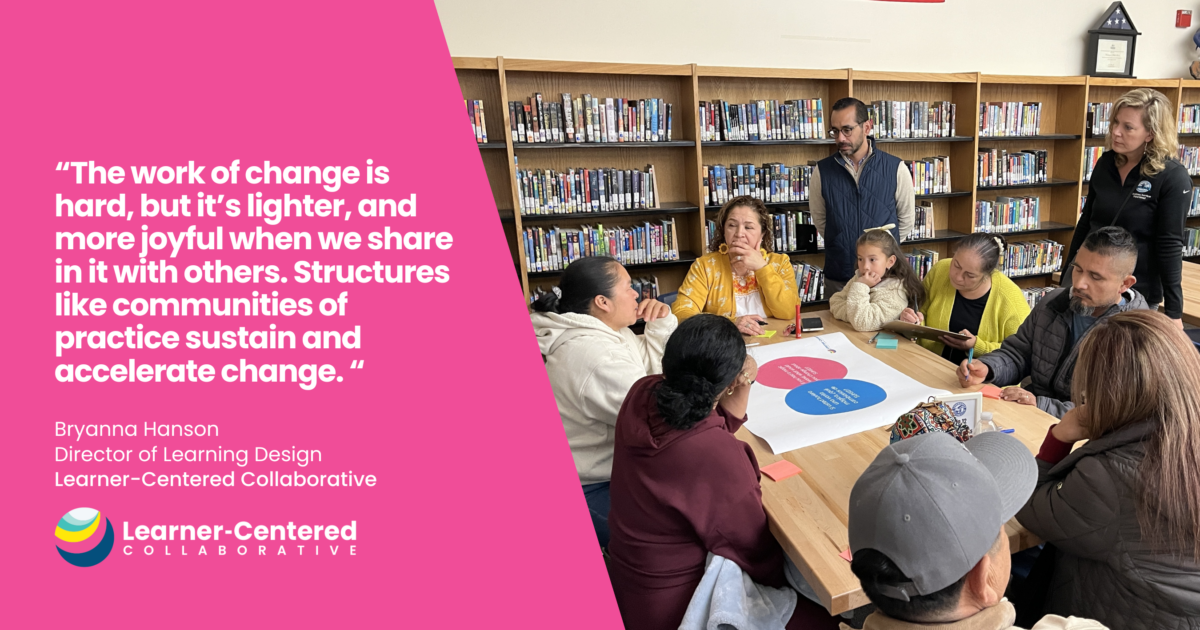5 Reasons Every Learner Needs Project-Based Learning in Their Life

Real-world learning translates into real-world knowledge and skills. How can this type of contextual learning benefit every learner?
The classroom of the future doesn’t ask students to silently take notes, memorize dates and multiplication tables, and complete stacks of worksheets. It creates space for learners to explore, problem-solve, ask questions, and test theories that apply to the real world that surrounds them. Project-based, real-world learning is about more than retaining information, it’s about creating authentic situations and problems that allow students to test their limits and develop applicable skills that they will continue to call on throughout their lives.
To create this type of real-world learning environment, educators create multidisciplinary learning journeys that encourage students to take a deep dive into topics that matter to them. With a blend of educator-led, small-group, and independent work, multiple tiers of activities across subjects, and peer assessments and self-reflection, learners have the opportunity to develop a wide variety of skills while learning practical information.
Research has found that this type of learning has a positive, lasting impact on the way students learn. Here are some ways real-world learning can benefit young learners.
1. Provides Critical Context
One of the key components of project-based learning that traditional learning often neglects is context. By connecting learning to the world around us, we create a more authentic learning experience that develops skills that can be applied to a variety of situations. One study analysis found that while students engaged in project-based learning slightly underperformed in short-term information retention, their long-term retention and overall performance in real-world situations improved, as well as their satisfaction with their learning experience over traditional learning.
By answering the question, “Why does this matter to me?,” we give learners a real stake in solving the problems that are presented to them and make every step of the journey to a resolution matter. Real-world learning recognizes that the journey to a result is as important for learning as the result itself.
2. Increases Engagement
When a learner understands the “why” behind the work they are doing, it’s a powerful way to spark curiosity and allow them to explore it through their own lens. Simply put, when a topic is relevant to a child (or anyone), it’s more interesting. On top of that, research has found that this engagement can extend beyond the real-world project, and continues when learning basic skills in a more traditional setting. A review of project-based learning studies found evidence that “the motivational effect of project-based instruction may lead to increased student attendance, attention, and engagement during the (non-project) periods students spend learning basic skills.”
3. Develops Real-World Skills
As events continue to prove that the only certainty is that the future is uncertain, we need to ask ourselves, “How do we prepare our children for the unpredictable future?” To truly thrive in our quickly evolving society, students need to learn more than how to retain information that will be on a test—they need the skills to scope out and solve real problems as they encounter them.
Project-based learning encourages students to cultivate a broader range of skills where math tests and book reports fall short, including:
- Research
- Critical thinking
- Problem-solving
- Goal-setting
- Time management
- Flexibility
Multidisciplinary, real-world projects ease learners into the kind of critical-thinking, problem-solving mindset that they will need to continuously apply throughout their lives. Providing a safe space that allows them to make, and learn from, mistakes along the way is critical during their formative years.
4. Builds Confidence and Agency
One of the components that defines project-based learning is that educators take on the role of “facilitators and tutors, asking students the kinds of meta-cognitive questions they want students to ask themselves.” By reimagining the role of educators as learning guides and taking on a more student-centered approach, learners are encouraged to pave their own way, building their confidence, agency, and giving them deeper ownership of their learning.
A study of middle school students separated students into three types of learning: lecture-based, small group project-based, and individual project-based. Educators gave them a driving question related to real-world problems and provided guidance around the project. Not only did both project-based learning groups show better comprehension of the topic, they were also able to apply that same knowledge to different contexts nine week later. By giving students context and ownership over their learning, learners were able to independently identify other use cases and continue to call on those skills as necessary.
5. Creates Community
When learners have context, feel engaged, and take pride in their work, it sets the stage for them to feel confident participating in the world around them. Instead of the isolated bubble of receiving information from a teacher and repurposing it, real-world learning invites them to collaborate with their peers, share their learning, teach one another, and express their views. For example, at the conclusion of a project, educators can facilitate a Learning Celebration where students share their journey and results with their educator and fellow learners, and receive and offer constructive feedback.
In the book The Cambridge Handbook of the Learning Sciences, one of the six key components of project-based learning is collaborative activities. “Students, teachers, and community members engage in collaborative activities to find solutions to the driving question. This mirrors the complex social situation of expert problem solving.” By providing students with the sense that we need to work together to tackle problems as a community, it prepares them to work as part of a team later in life.
The body of evidence around the benefits of real-world learning over traditional learning continues to grow. By fostering this type of student-centered learning, we make sure students are prepared for everything life throws at them.
Access strategies for bringing more authentic learning into your classroom and learning spaces.
